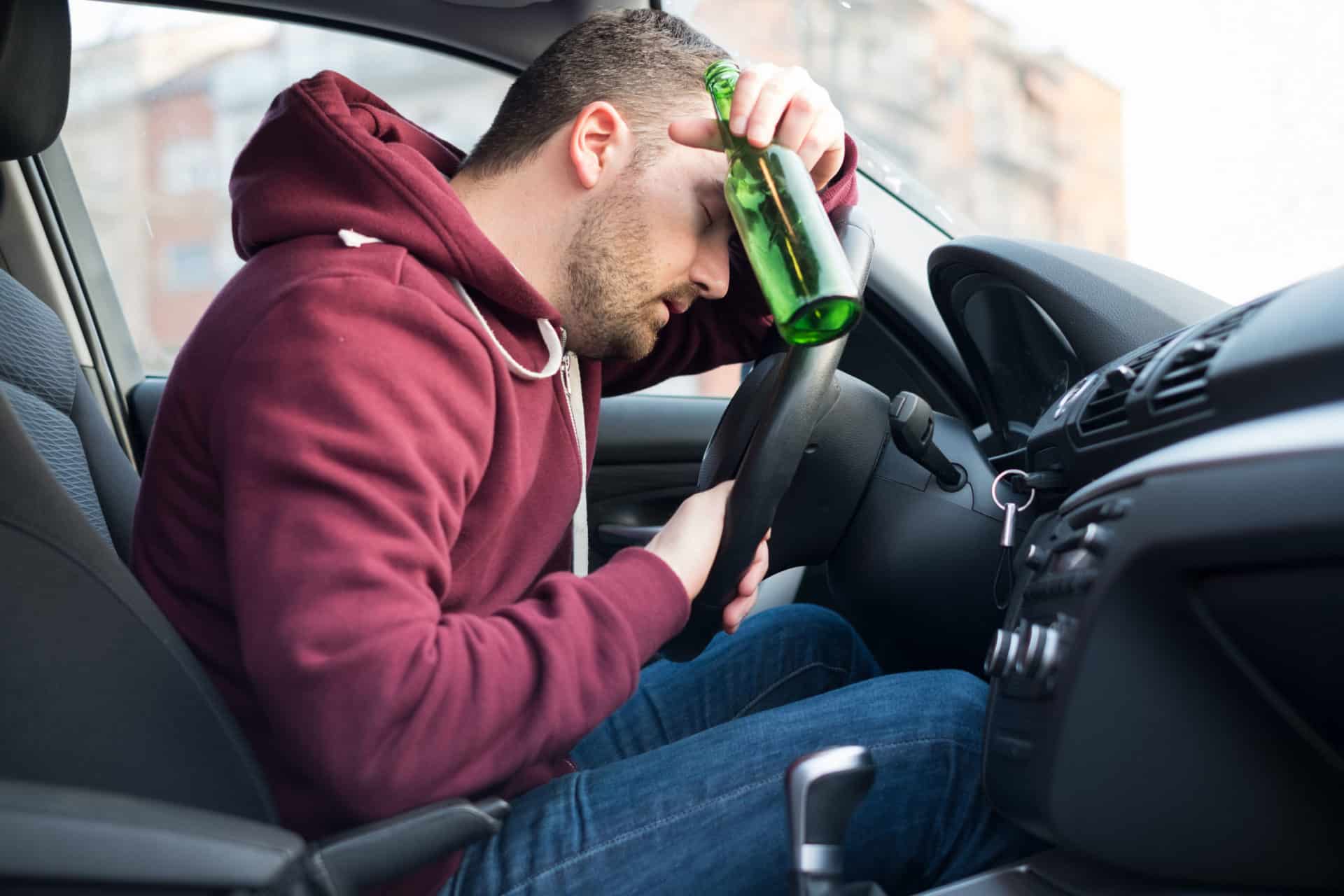Free Consultation
Free Consultation

Every year, over 8,000 alcohol-related crashes occur in the state of New York. Over half of those crashes resulted in injuries to over 6,000 people. Nearly 7,900 drivers in those crashes were legally drunk. Since so many crashes occur each year, the laws are designed to deliver both criminal and civil penalties.
So, who can be held liable if a drunk driver hits you in New York? The most obvious answer, of course, is the driver of the other vehicle. However, many people don’t realize that there are others who can potentially be held liable, depending on the specifics of the situation. In this post, we’ll explain dram shop laws, social host liability, and employer liability, as well as how to hold a drunk driver liable.
When you are hit by a drunk driver, the driver may be subject to a criminal case from the state. But you can also file a civil case against them. The criminal charges apply if the driver tested positive for blood alcohol concentration levels over the legal limit.
If the driver is convicted on criminal counts, the conviction can help in your civil case. Yet you can still have a successful civil case without a criminal conviction.
New York is a “no-fault” state for auto accidents. Because of this, you can recover damages for car repairs, medical expenses, and lost wages from your insurer without needing to prove that another was at fault. However, if your losses are in excess of $50,000, you have the right to sue the other driver’s insurance company for additional damages.
You can also sue another driver for non-economic losses such as pain and suffering in a civil suit. This applies if you endured serious injury in the crash.
Serious injury includes any disfigurement, bone fracture, permanent or significant loss or limitation of bodily function, or full disability for 90 days. You can also file a claim for pain and suffering damages if your loved one died in an accident caused by the other driver’s negligence.
The dram shop laws are named for the historical unit of alcohol measurement, called a dram. In New York, liability can extend to the place that sold the driver the alcohol under specific circumstances. So, if the bar, store, or restaurant sold alcohol to the driver when they appeared to be under the age of 21, the owner can be held partially liable. In this scenario, the victim of a drunk-driving accident can sue the store for damages as well as the driver.
Anyone who provides alcohol to a minor or unlawfully assists a minor in obtaining alcohol can be held liable if the intoxicated minor causes an accident.
Here is an example of social host liability. An 18-year-old girl’s family throws her a graduation party at her home. The parents buy alcohol for the party attendees, all of whom are under the age of 21. One of the party attendees leaves the party drunk and causes a crash. The crash victim can sue the girl’s parents for damages, as well as the party attendee who drove the vehicle.
However, the intoxicated individual cannot sue the person who provided alcohol, even if the they experience injuries from the accident. In the example of social liability above, the party attendee who caused the crash could not sue the host girl’s parents for medical expenses related to an injury sustained in the crash.
Certain scenarios may implicate the drunk driver’s employer as a liable party.
Consider this example. A delivery truck driver crashes into a car because he was driving drunk on the job. In this case, the trucking company may be held partially liable for the accident.
Any claim for dram shop or social host liability has a three-year time limit for filing. Consult with an experienced New York attorney to know how the statute of limitations applies to your case.
New York also follows the pure comparative negligence rule. For example, if you were speeding when the accident occurred, the court may reduce your damages based on your level of fault.
If you have been in an accident with a drunk driver, it’s important to contact a knowledgeable injury lawyer for help. Call today for your free case review.